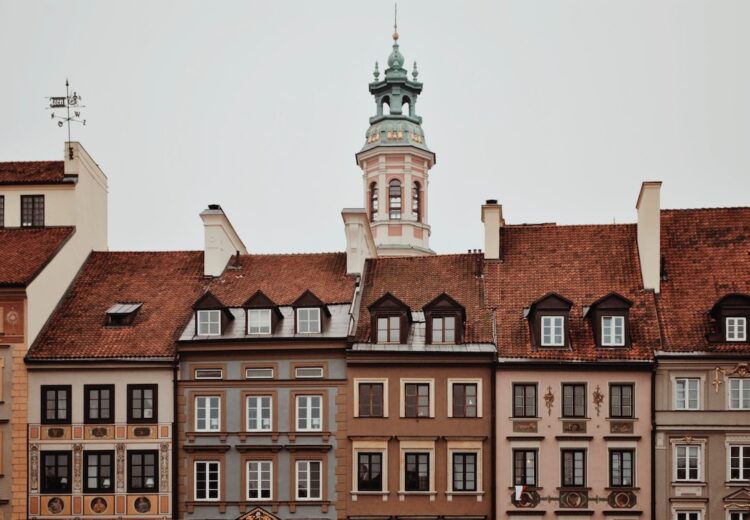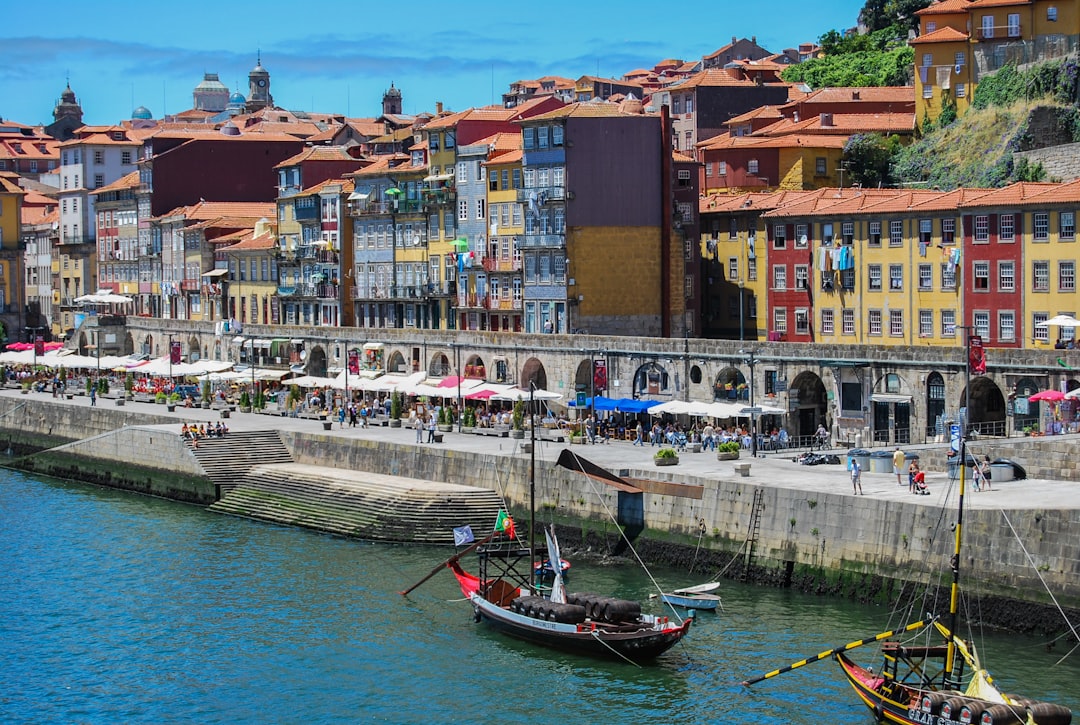Warsaw’s Jewish Heritage: Exploring Historic Jewish Quarters and Synagogues
Warsaw, the capital city of Poland, is a city rich in history and cultural heritage. One aspect of its history that is particularly compelling is its Jewish heritage. Before World War II, Warsaw had one of the largest and most vibrant Jewish communities in Europe. Tragically, much of this heritage was destroyed during the Holocaust. However, efforts to preserve and restore Warsaw’s Jewish heritage have been ongoing, and today visitors can explore the remnants of the historic Jewish quarters and synagogues scattered across the city.
One of the must-visit destinations for anyone interested in Warsaw’s Jewish heritage is the Warsaw Ghetto. During the Nazi occupation, the Jewish population was confined to a small area known as the Warsaw Ghetto, which was surrounded by high walls. Today, visitors can walk along the remnants of the ghetto walls that still stand as a testament to the suffering and resilience of the Jewish people during that dark time. The Warsaw Ghetto also houses the poignant Monument to the Ghetto Heroes, which commemorates the Jewish uprising against the Nazis in 1943.
Another key area to explore is Muranów, the district that was built after the war on the grounds of the former Warsaw Ghetto. This area is home to the POLIN Museum of the History of Polish Jews, a truly remarkable institution that tells the story of Polish Jews from their arrival in Poland to the present day. The museum’s permanent exhibition is engaging and informative, providing visitors with a comprehensive understanding of the history, culture, and contributions of Polish Jews. It is a must-visit for anyone interested in Warsaw’s Jewish heritage.
In addition to the museum, visitors can explore the streets of Muranów and discover remnants of the pre-war Jewish community. For example, Zamenhofa Street was once a bustling center of Jewish commerce and culture. Today, it still retains its historic charm, with some buildings bearing Hebrew inscriptions and signs of its Jewish past. This area is also home to several historic synagogues, including the Nozyk Synagogue, the only synagogue in Warsaw to have survived World War II. The Nozyk Synagogue is not only a place of worship but also a symbol of resilience and the continuity of Jewish life in Warsaw.
Moving beyond Muranów, visitors can explore the Praga district, located on the right bank of the Vistula River. This area was home to a vibrant Jewish community before the war, and remnants of this heritage can still be found. One notable site is the Jewish Cemetery in Praga, one of the oldest Jewish cemeteries in Warsaw. Established in the early 19th century, the cemetery is a solemn and moving place, with gravestones dating back to the 19th and early 20th centuries. It is a serene place that offers a glimpse into Warsaw’s Jewish past.
Last but not least, a visit to the Warsaw Jewish Cemetery is essential. Located on Okopowa Street, it is one of the largest Jewish cemeteries in Europe and a testament to the rich history of Warsaw’s Jewish community. With its grand memorials and elaborate tombstones, the cemetery provides a poignant reminder of the lives and legacies of those who once lived in this vibrant community.
Warsaw’s Jewish heritage is a significant part of the city’s history, and exploring its Jewish quarters and synagogues offers visitors a unique opportunity to engage with this cultural legacy. From the Warsaw Ghetto to Muranów, Praga, and the Jewish Cemetery, each site tells a compelling story of a vibrant community that was tragically disrupted but is still remembered today. By visiting these places, we can honor the memory of those who perished during the Holocaust and gain a deeper understanding of the diverse and multicultural history of Warsaw.












